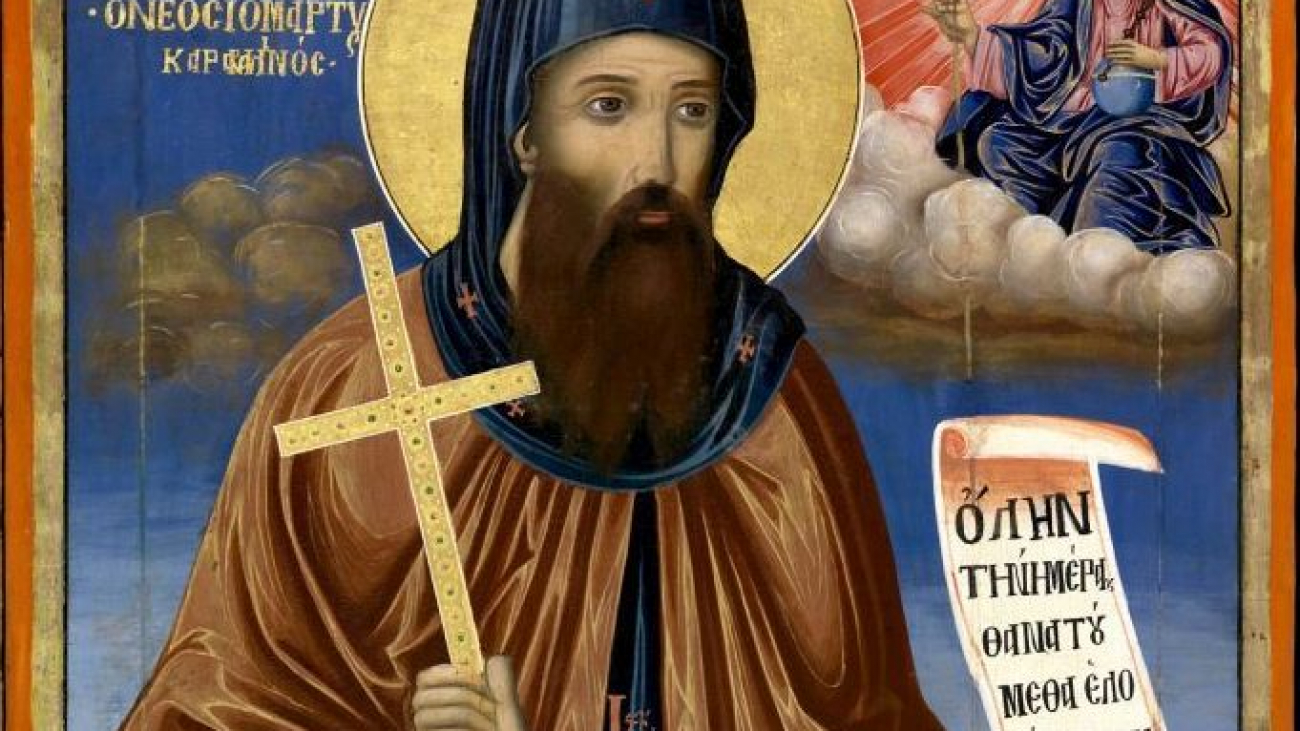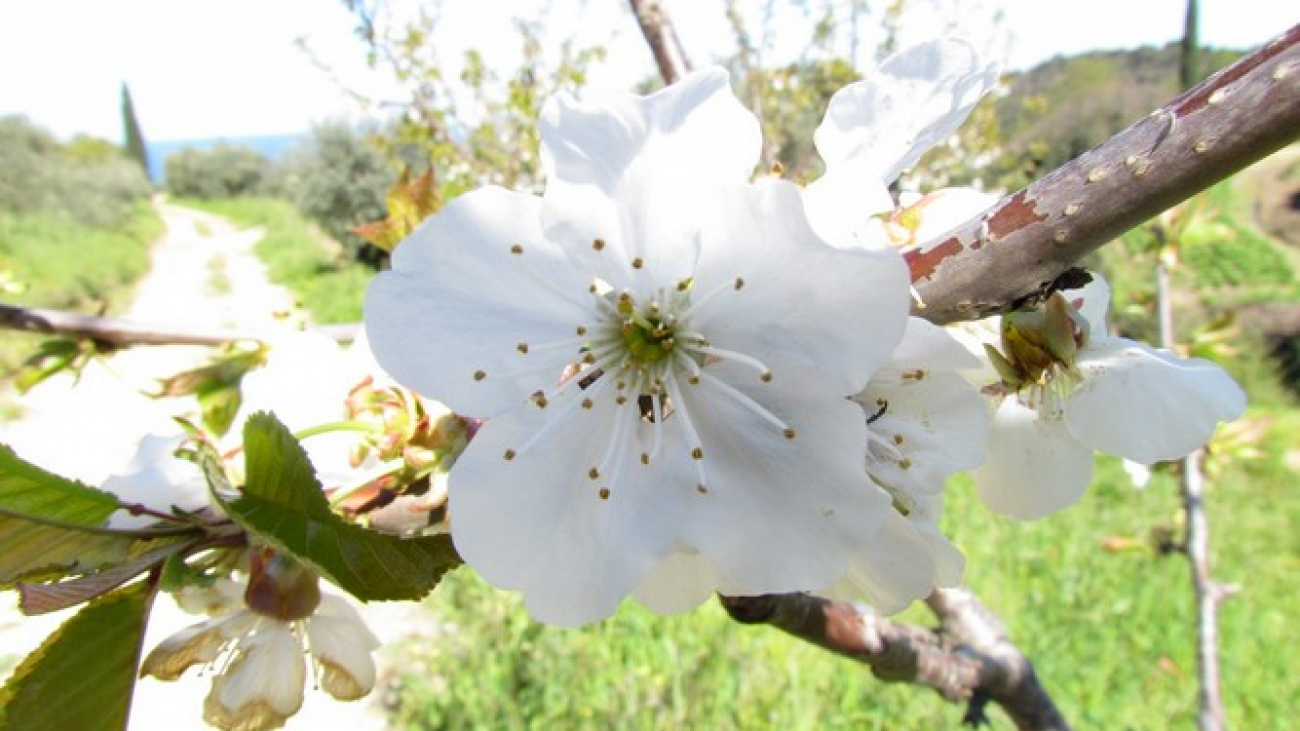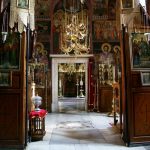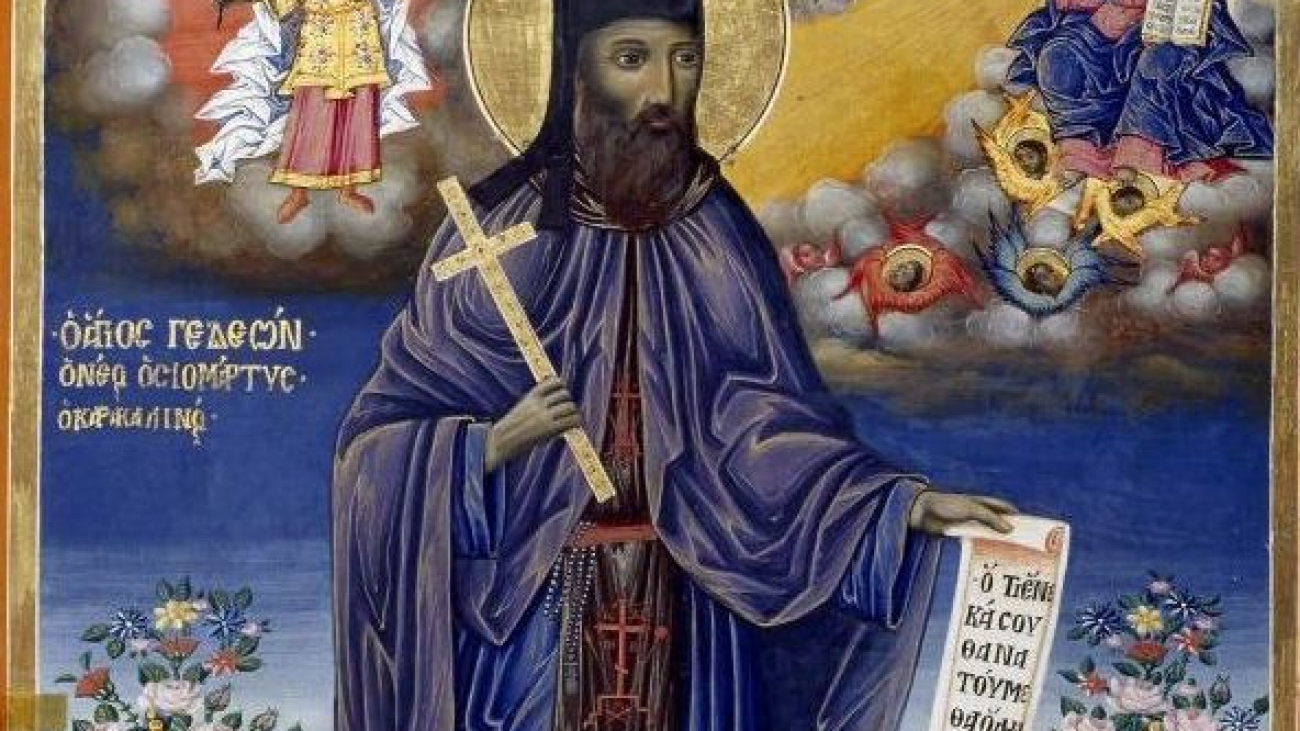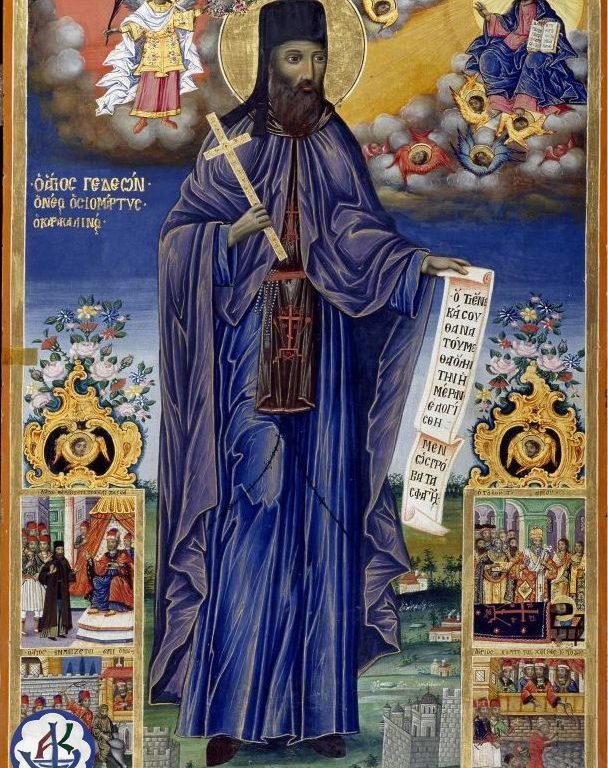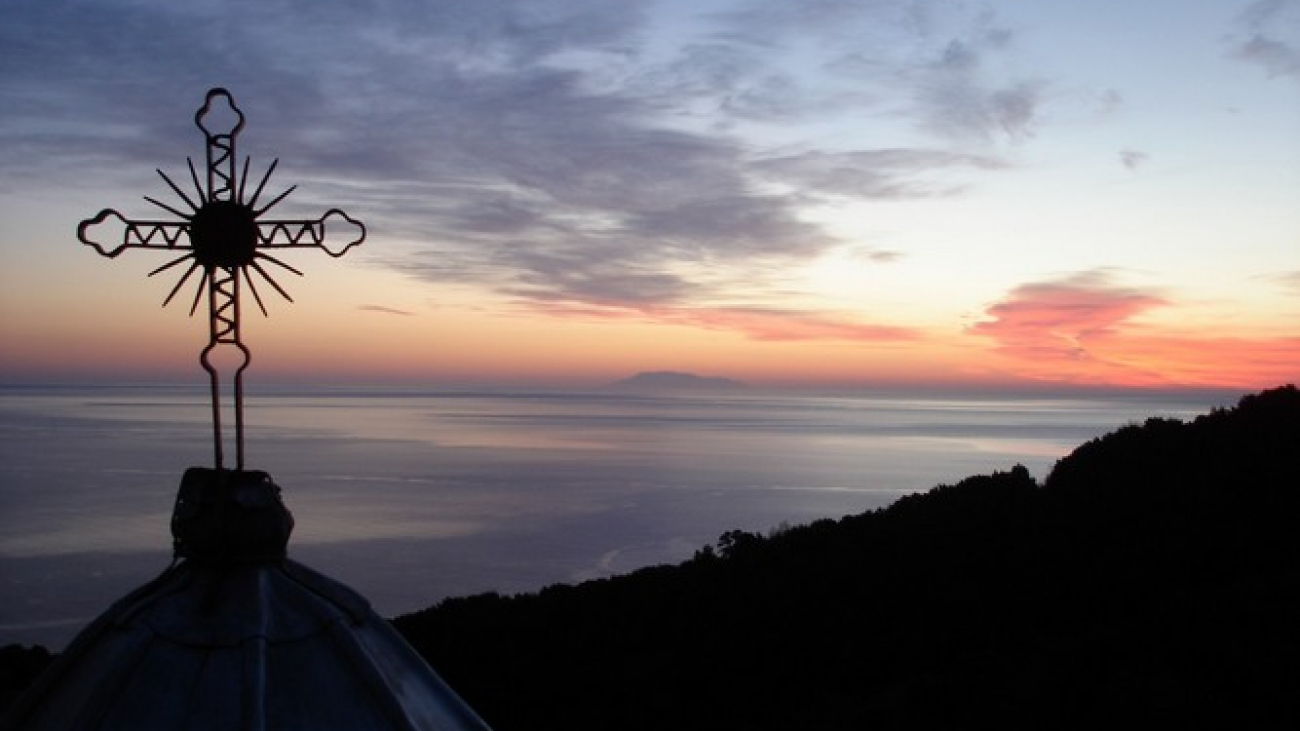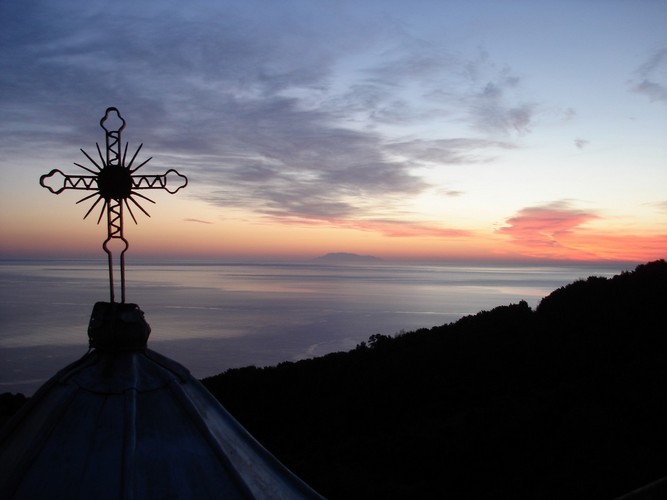A Crown Of Martyrdom
But soon afterward, the desire for martyrdom made Gedeon once again leave the Monastery, where he had lived for a total of thirty-five years. He returned to the villages of Zagora and Velestino, presented himself to the judge, and confessed his faith to Christ. Instead of receiving the judgement he desired, he was simply driven out of the area by force. He next arrived at the town of Agia, where he presented himself to an official and attacked his religion. The governor reported the events to Veli Pasha of Tirnavos, who had Gedeon arrested at Kanalia, where he was brought before the ruler and boldly confessed his faith.
The ruler initially tried to change Gedeon's mind, but his efforts were in vain. Gedeon was subjected to many tortures, after which his limbs are amputated and he was left to die slowly and painfully. On, Gedeon died on 30 December 1818, and received the crown of martyrdom. The Christians secretly removed and buried his body behind the church of the Holy Apostles of Tyrnavos, which soon became the site of miracles. His memory is venerated on 30 December, especially in the Karakallos Monastery, where he spent most of his life and where most of his relics are kept.
The excesses and provocations in St Gedeon's behaviour are reminiscent of the so-called Fools for Christ, such as St Simeon the Stylite of the 6th century, or St Andrew of the 10th. They were devoutly religious eccentrics who, through the public humiliation they brought upon themselves by their deliberate actions, focused attention on the salvation of the soul as having priority over social normalcy, and revealed the moral self-esteem and hypocrisy of many.
The ruler initially tried to change Gedeon's mind, but his efforts were in vain. Gedeon was subjected to many tortures, after which his limbs are amputated and he was left to die slowly and painfully. On, Gedeon died on 30 December 1818, and received the crown of martyrdom. The Christians secretly removed and buried his body behind the church of the Holy Apostles of Tyrnavos, which soon became the site of miracles. His memory is venerated on 30 December, especially in the Karakallos Monastery, where he spent most of his life and where most of his relics are kept.
The excesses and provocations in St Gedeon's behaviour are reminiscent of the so-called Fools for Christ, such as St Simeon the Stylite of the 6th century, or St Andrew of the 10th. They were devoutly religious eccentrics who, through the public humiliation they brought upon themselves by their deliberate actions, focused attention on the salvation of the soul as having priority over social normalcy, and revealed the moral self-esteem and hypocrisy of many.

